Latest News
Make a Call
01733 602955
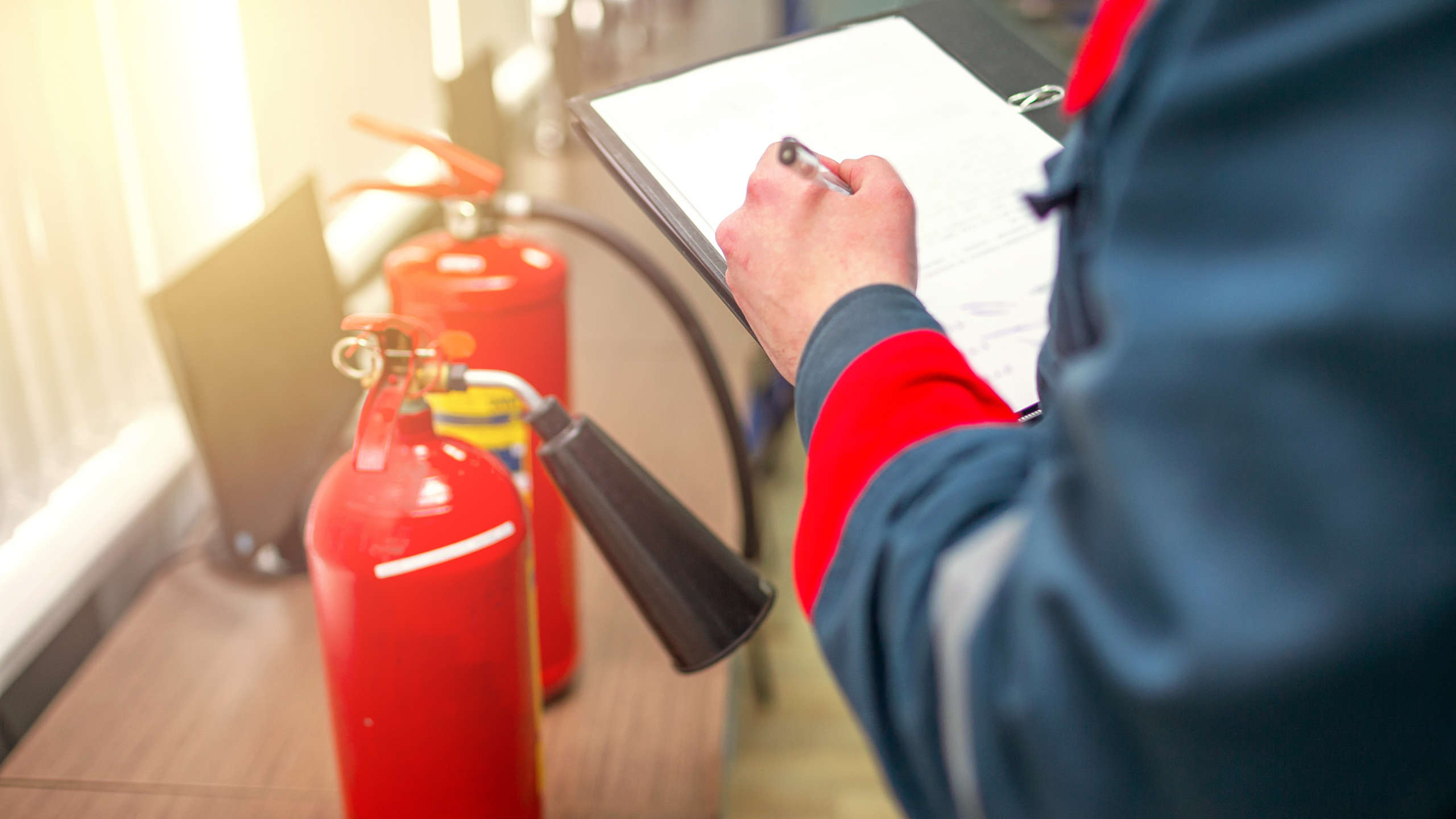
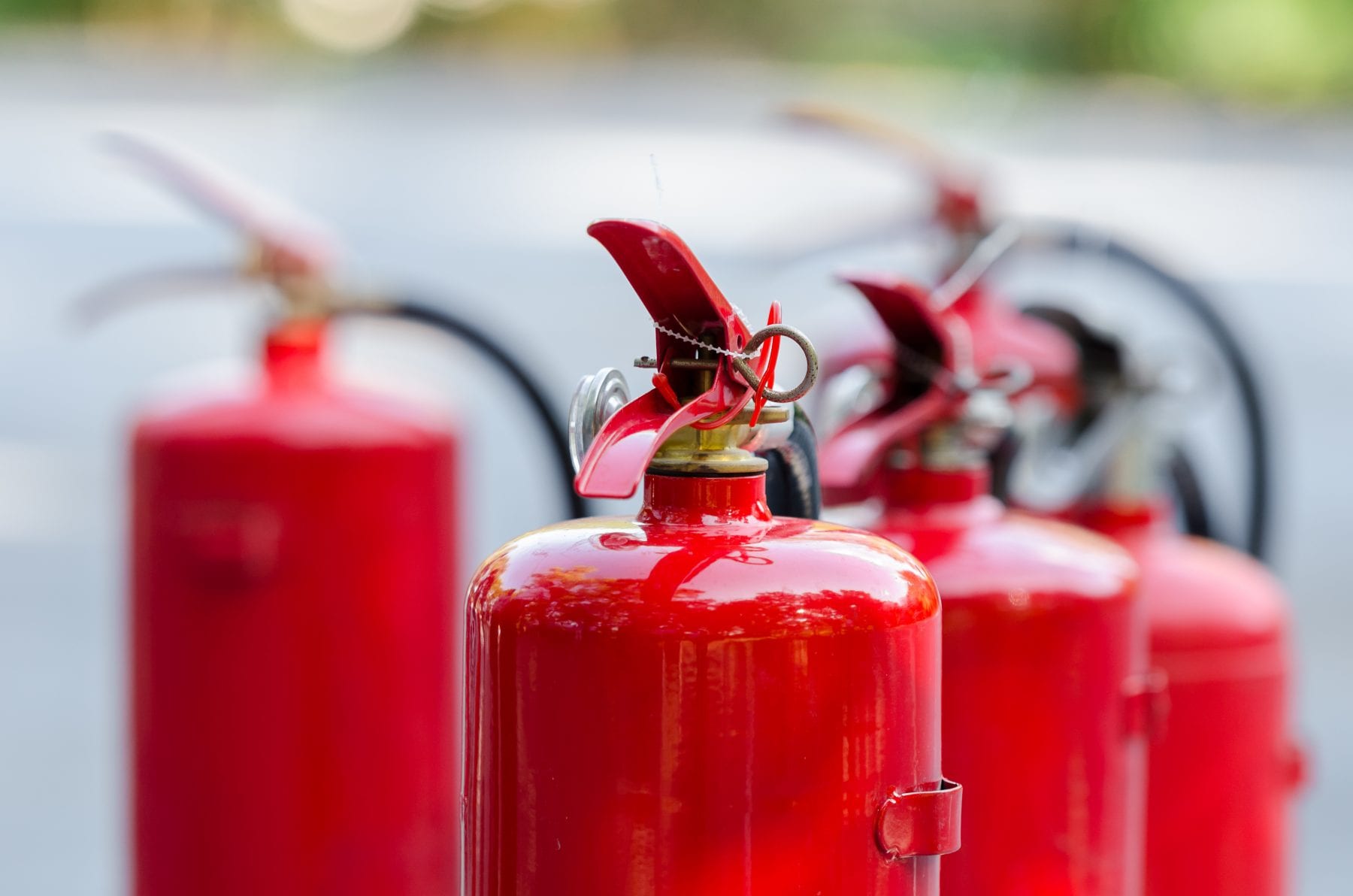
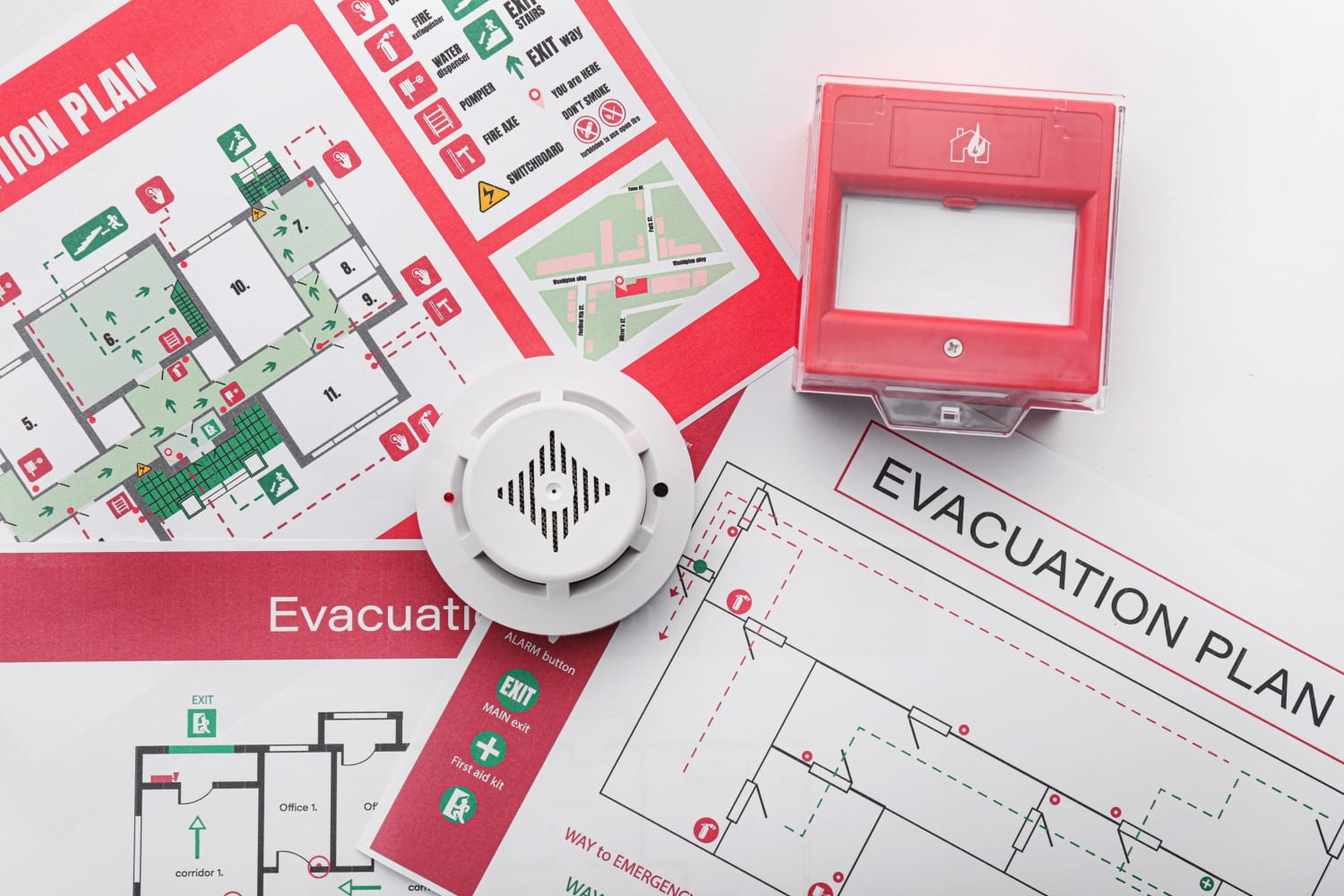


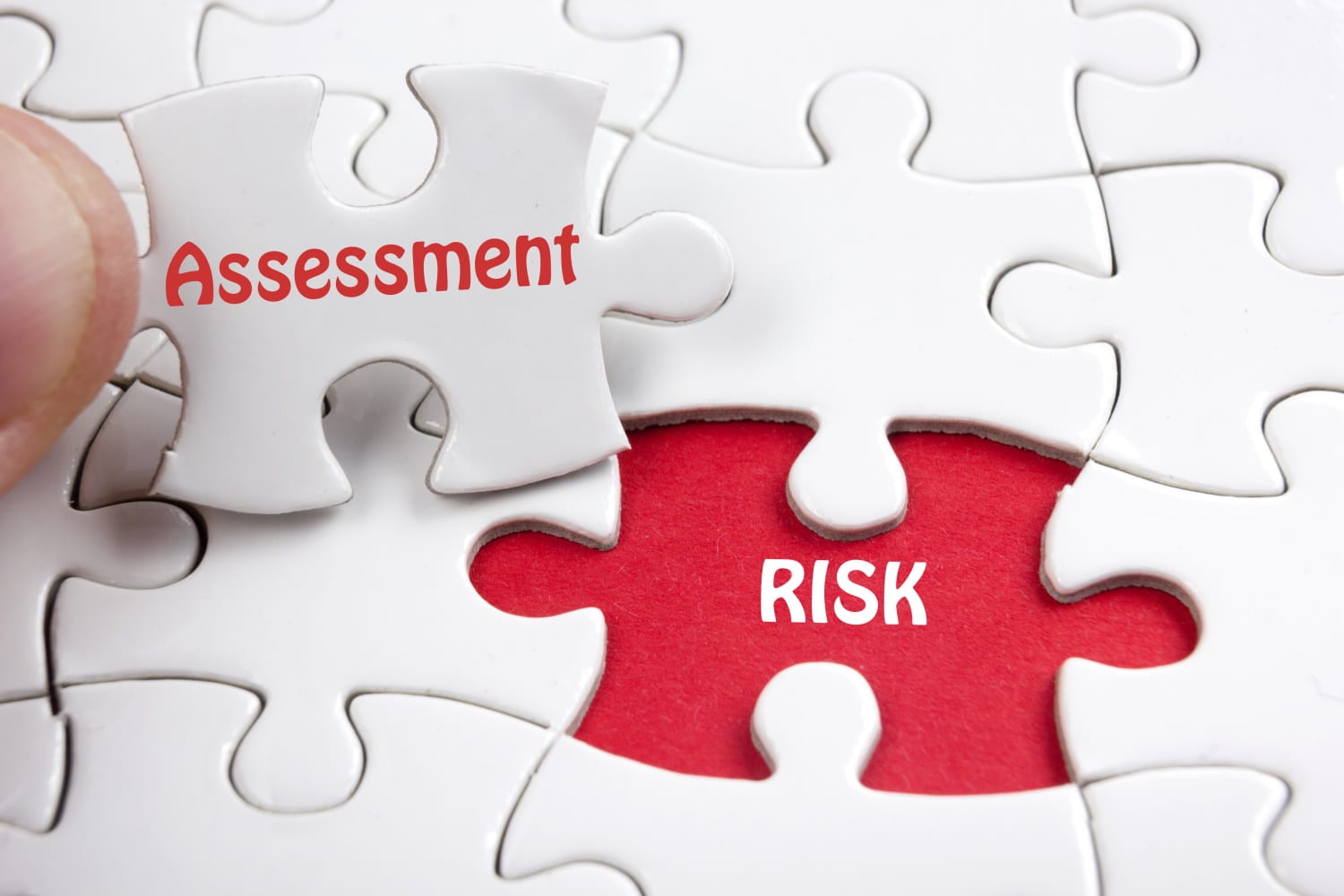
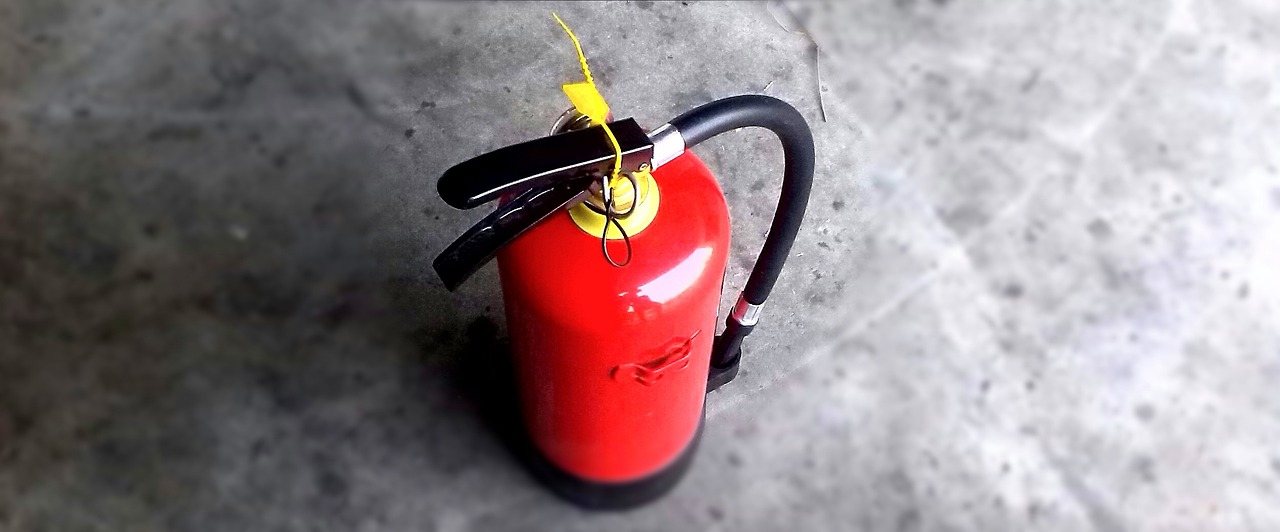

Latest News
How Training with Tavcom Created New Commercial Opportunities for Swift Fire & Safety
© 2025 Swift Fire & Safety | All Rights Reserved.








© 2025 Swift Fire & Safety | All Rights Reserved.